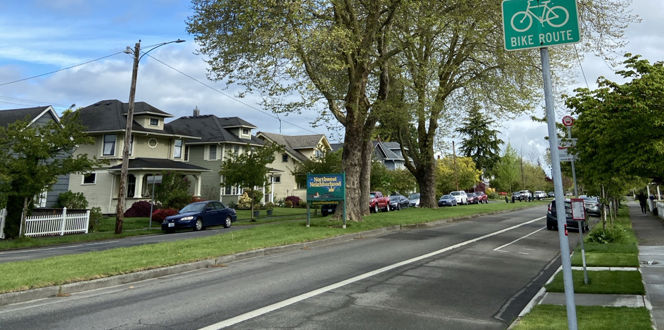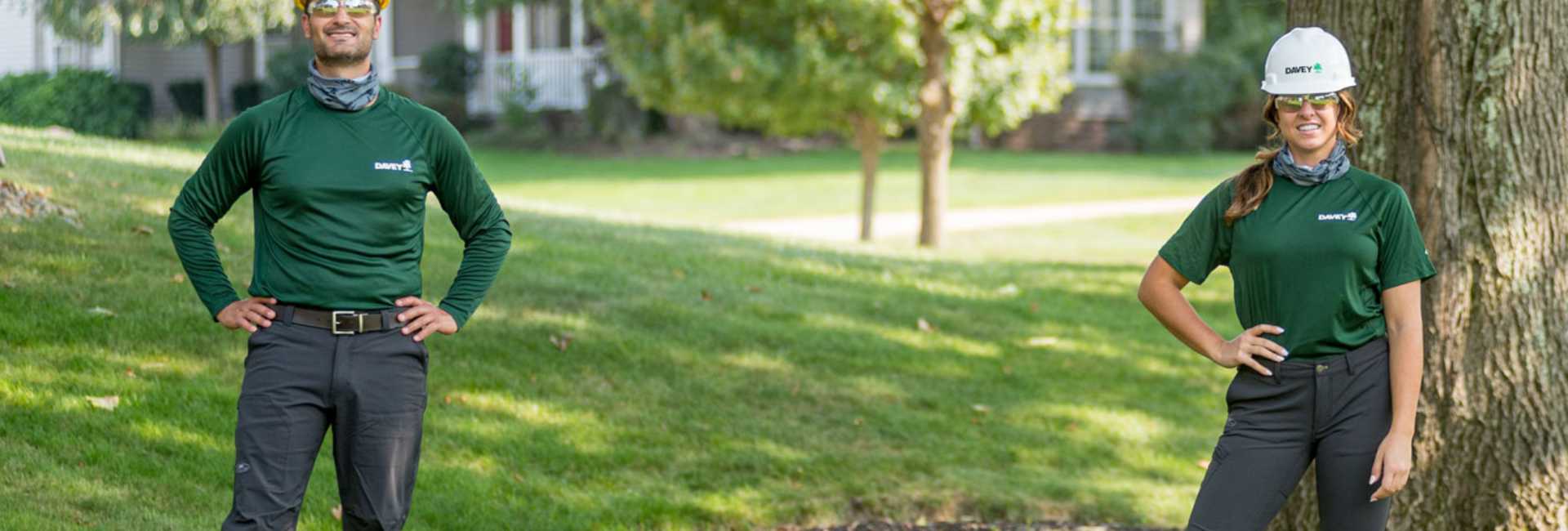City Of Louisville, KY
Davey Resource Group helped Louisville, KY, combat Urban Heat Island effect through tree canopy expansion.
Project Narrative:
Louisville, Kentucky may be best known as the home of the Kentucky Derby, but it's quickly gaining a reputation for being one of the hottest cities in America --- literally. Louisville ranks as the 4th hottest urban area in the country, but is turning to trees as a solution for combating Urban Heat Island effect.
Heat islands have a number of negative effects, including an increase in summertime peak energy demand and costs, an increased severity of air pollution and emissions, and a rise in human health issues, especially when the temperature reaches over 90°F. Hotter temperatures help create dangerous ozone pollution levels that can trigger asthma attacks, heart attacks, and other serious health conditions.
Louisville is now directing efforts to reduce its growing urban heat island (UHI) threat by increasing the tree canopy. Trees are considered one of the most cost-effective, long-term solutions to mitigating heat islands, and significant heat reductions can be achieved by strategically planting trees. Louisville took the first step to complete an urban tree canopy (UTC) assessment within Louisville which included all of Jefferson County. Along with establishing a current baseline of tree canopy, UTC assessments were completed for 2004, 2008, and 2012 to determine the historic trend of canopy cover changes and to identify hot spots within Louisville. The second step was to identify where UHI effect was happening in the metro area. Based on surface temperature data, it was determined that 12% (approximately 31,000 acres) of Louisville is heat-stressed, or classified as “hot spots.”
Meeting Tree Canopy Goals
As expected, the vast majority of hot spots were areas with large amounts of impervious surface and low amounts of tree canopy. Tree canopy made up only 8% of the land cover in designated hot spots, while impervious and bare soil covered a combined 66%. The hot spots map clearly shows a concentration within the urban core of Louisville, from the downtown area to the airport. Overall, the hottest land use categories were found to be commercial, multi-family residential, and industrial. Together, these three categories accounted for almost 20,000 acres of heat stressed areas, or 63% of all hot spots in Louisville. A final step was to combine the UHI and UTC data to create a prioritized planting plan which uses trees as an effective solution to the public health and safety issues created by urban heat.
Louisville’s goal is to achieve 45% tree canopy cover, and then reap the many benefits trees provide, particularly related to UHI. The urban forest in Louisville is estimated to save 67 million kilowatt hours of energy - a savings of more than $5 million for consumers every year. Natural cooling provided by urban trees reduces consumer demand for electricity which, in turn, also reduces harmful emissions released from the burning of fossil fuels because of the decreased demand on power plants. The cooling benefit of trees can also be felt at the street level where lower ambient temperatures of 5 to 15 degrees have been recorded around street trees. Adding trees for their cooling benefits alone in areas with large amounts of concrete surfaces would quickly help reduce ambient temperatures in Louisville’s Urban Heat Islands.





